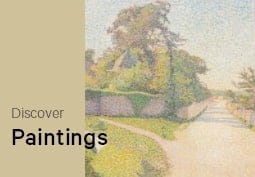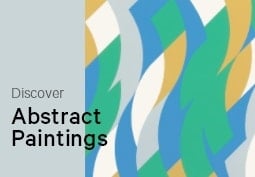Articles and Features
Art Movement: Expressionism
– Expressionist Artists, Art & Overview
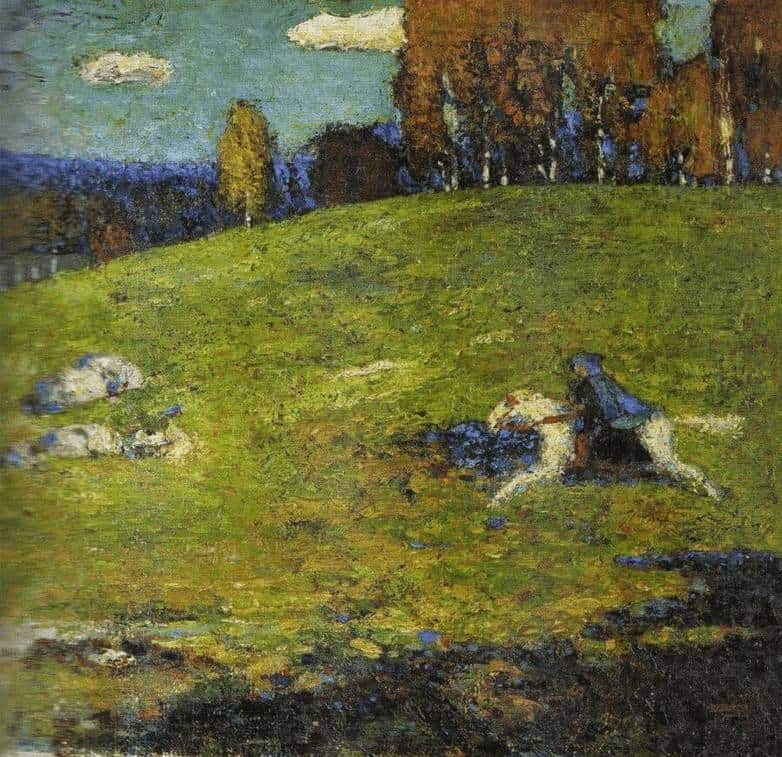
By Shira Wolfe
At the start of the twentieth century, an artistic tendency swept through Europe, spurred on by resistance to bourgeois culture and a fervent search for rejuvenated creativity. It came to be known as Expressionism. Words that characterize Expressionist artists and Expressionist art are ‘self’, ‘psyche’, ‘body’, ‘sexuality’, ‘nature’, and ‘spirit’. The term is so elastic that it can accommodate artists ranging from Vincent van Gogh to Egon Schiele and Wassily Kandinsky. Together, these artists tapped into very raw, true, and eternal questions, topics, and struggles that had been stirring beneath the surface and which remain familiar to us even today.
Watch the video below to learn more about the key ideas behind Expressionism, the movement’s significant artists, and the most famous expressionist works.
Key dates: 1905-1920
Key regions: Germany, Austria, France
Key words: self, psyche, body, sexuality, nature, spirit, emotions, mysticism, distortion of reality, exaggeration, heightened use of colour
Key artists: Vincent van Gogh, Henri Matisse, Edvard Munch, Egon Schiele, Oskar Kokoschka, Wassily Kandinsky, Franz Marc, Ernst Ludwig Kirchner
What is Expressionism?
Expressionism is considered more as an international tendency than a coherent art movement, which was particularly influential at the beginning of the twentieth century. It spanned various fields: art, literature, music, theatre, and architecture. Expressionist artists sought to express emotional experience, rather than physical reality. Famous Expressionist paintings are Edvard Munch’s The Scream, Wassily Kandinsky’s Der Blaue Reiter, and Egon Schiele’s Sitting Woman with Legs Drawn Up.
Expressionism is a complex and vast term that has meant different things at different times. However, when we speak of Expressionist art, we tend to think either about the artistic tendency which followed as a reaction to Impressionism in France or about the movement which emerged in Germany and Austria in the early twentieth century. In France, the Dutch artist Van Gogh was digging deep and revealing his unusual, troubled, and colorful psyche; in Germany, the Russian Wassily Kandinsky was exploring spirituality in art as an antidote to alienation in the modern world; in Austria, Egon Schiele and Oskar Kokoschka were fighting society’s moral hypocrisy by tackling topics such as sexuality, death, and violence; finally, Edvard Munch was making waves in Norway and all over Europe with his wild, intense expressions of the environment and his self and psyche.
French Expressionism
In France, the main artists often associated with Expressionism were Vincent van Gogh, Paul Gauguin, and Henri Matisse. Though Van Gogh and Gauguin were active in the years slightly before what is regarded as the main period of Expressionism (1905-1920), they can without a doubt be regarded as Expressionist artists, who were painting the world around them not simply as it appeared to them, but from a deeply subjective, human experience. Matisse, Van Gogh, and Gauguin used expressive colors and styles of brushwork to depict emotions and experiences, moving away from realistic depictions of their subjects to how they felt and perceived them.
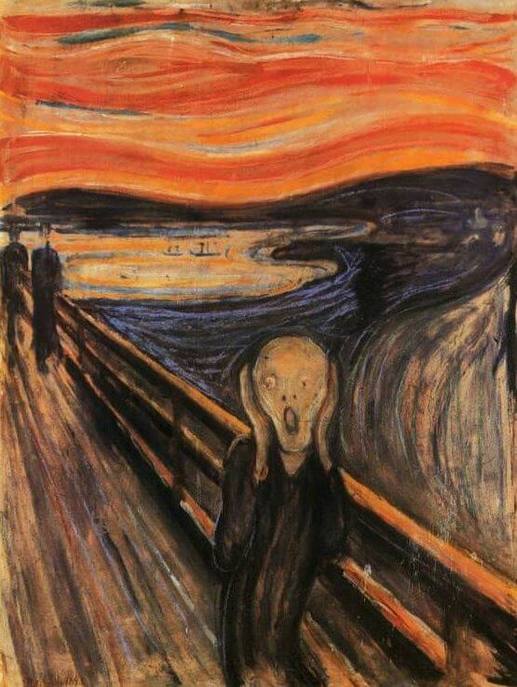
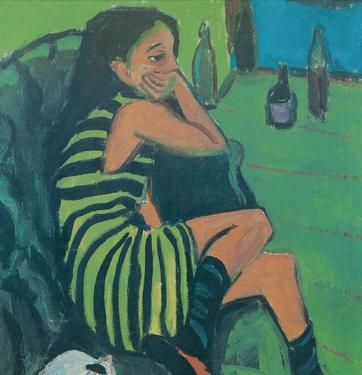

German Expressionism
In Germany, Expressionism is particularly associated with the Brücke and Der Blaue Reiter groups. German Expressionism art took inspiration from mysticism, the Middle Ages, primitive times, and the philosophy of Friedrich Nietzsche, whose ideas were immensely popular and influential at the time.
Brücke was formed in Dresden in 1905 as a bohemian collective of expressionist artists opposing the bourgeois social order of Germany. They chose their name, Brücke, to describe their desire to bridge the past and the present. The artists attempted to escape the confines of modern middle-class life by exploring a heightened use of color, a direct, simplified approach to form, and free sexuality in their work.
Der Blaue Reiter was founded in 1911 by Wassily Kandinsky and Franz Marc. In the face of the increasing alienation they experienced due to the modernizing world, they sought to transcend the mundane by pursuing the spiritual value of art.
Read more about German Expressionism.

Austrian Expressionism
Egon Schiele and Oskar Kokoschka are the two main figures of Austrian Expressionism. They were especially influenced by their predecessor Gustav Klimt, who also had a hand in launching their careers due to exhibitions he created showcasing the best of contemporary Austrian art. Both Expressionist artists lived in the contradictory Vienna of the late 19th and early 20th centuries, where moral repression and sexual hypocrisy played a part in the development of Expressionism art there. Schiele and Kokoschka eschewed this moral hypocrisy and portrayed topics such as death, violence, longing, and sex. Kokoschka became known for his portraits and his capacity to reveal the inner nature of his sitters, and Schiele for his raw, almost brutally honest portrayals of aloof yet desperate sexuality.
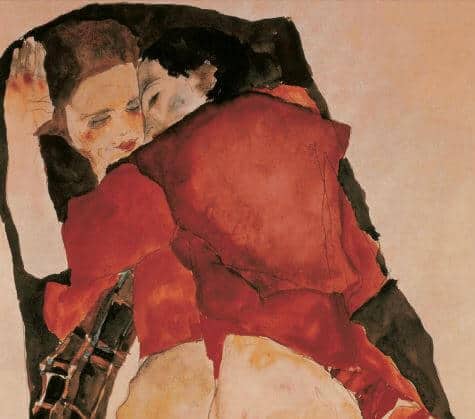
Norwegian Expressionism
Another important artist at the time who made a great impact on the German and Austrian Expressionist scenes was the Norwegian Edvard Munch, who was well known in Vienna from Secession exhibitions and the 1909 Kunstschau. Munch is most famous for The Scream, his painting of a figure on a bridge with a sunset behind him, letting out a hair-raising and desperate scream.
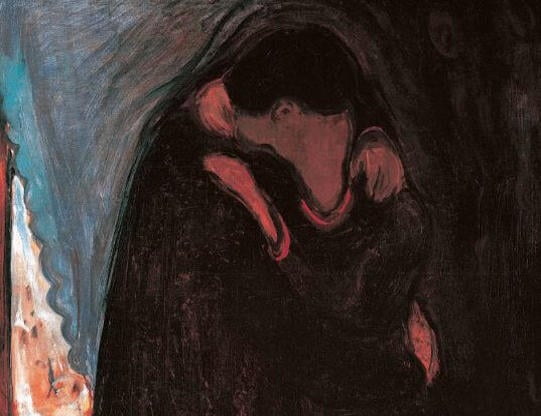
Iconic Expressionist Artworks & Artists
Read about the most iconic works of Expressionism.
Edvard Munch’s The Scream (1893)
This painting was inspired by a single momentary experience that Munch had while in France: “I was walking along the road with two friends. The sun began to set. I felt a tinge of melancholy. Suddenly the sky became blood red. I stopped, leaned against the railing, dead tired, and I looked at the flaming clouds that hung like blood and a sword over the blue-black fjord and the city. My friends walked on. I stood there, trembling with fright. And I felt a loud, unending scream piercing nature.” (“Expressionism”, Ashley Bassie, p.69) The scream is felt by the figure, it engulfs him completely, and pierces both the environment and his psyche.
Wassily Kandinsky’s Der Blaue Reiter (1903)
Der Blaue Reiter is one of Kandinsky’s first Expressionist works. It depicts a horseback rider in blue galloping through the fields. Der Blaue Reiter (The Blue Rider) was also used as the name for the Expressionist artist group founded in 1911 by Wassily Kandinsky and Franz Marc.
Egon Schiele’s Sitting Woman with Legs Drawn Up (1917)
Egon Schiele painted his wife Edith Harms in 1917, depicting her sitting on the floor, resting her cheek on her left knee. Her fiery red hair contrast strikingly with the green of her shirt. The portrait is bold and suggestive, with definite erotic undertones – eroticism being one of the main themes in Schiele’s work.
Franz Marc’s Blue Horses (1911)
Franz Marc was one of the founding members of Der Blaue Reiter. He gave an emotional and psychological meaning to the colors he used in his work, and blue was used to depict masculinity and spirituality. Marc was fascinated by animals and their rich inner worlds, and he portrayed his animal subjects in a deeply emotional way.
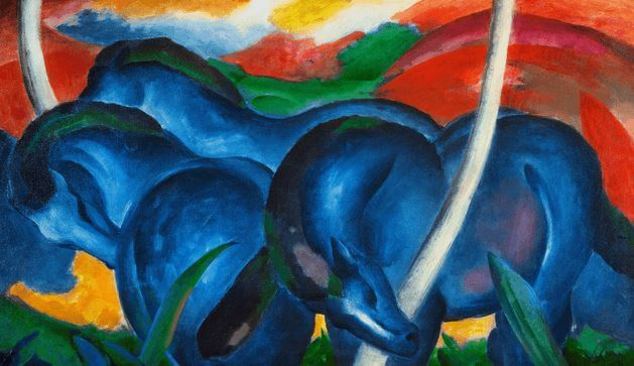
The end of Expressionism, and its continuation
Several expressionist artists lost their lives during World War I, or as a result of the war due to traumas and illness. Franz Marc fell in 1916; Egon Schiele died during the 1918 influenza epidemic, and many others took their own lives after breaking down under the traumas of the war. Finally, the era of German Expressionism was extinguished by the Nazi dictatorship in 1933. Countless artists of the time, among whom were Pablo Picasso, Paul Klee, Franz Marc, Ernst Ludwig Kirchner, Edvard Munch, Henri Matisse, Vincent van Gogh, and Paul Gauguin, were labeled as “degenerate artists” by the Nazis and their Expressionist artworks were removed from museums and confiscated.
Yet Expressionism continued to inspire and live on in later artists and art movements. For example, Abstract Expressionism developed as an important avant-garde movement in the post-war United States in the 1940s and 1950s. The Abstract Expressionists renounced figuration and instead explored color fields, gestural brushstrokes, and spontaneity in their art. Later, in the late 1970s/early 1980s, Neo-Expressionism started developing as a reaction against the Conceptual art and Minimalist art of the time. Neo-Expressionist artists were greatly inspired by the German Expressionists who came before them, often depicting their subjects in a raw manner with expressive brushstrokes and intense colors. Famous Neo-Expressionist artists include Jean-Michel Basquiat, Anselm Kiefer, Julian Schnabel, Eric Fischl, and David Salle.
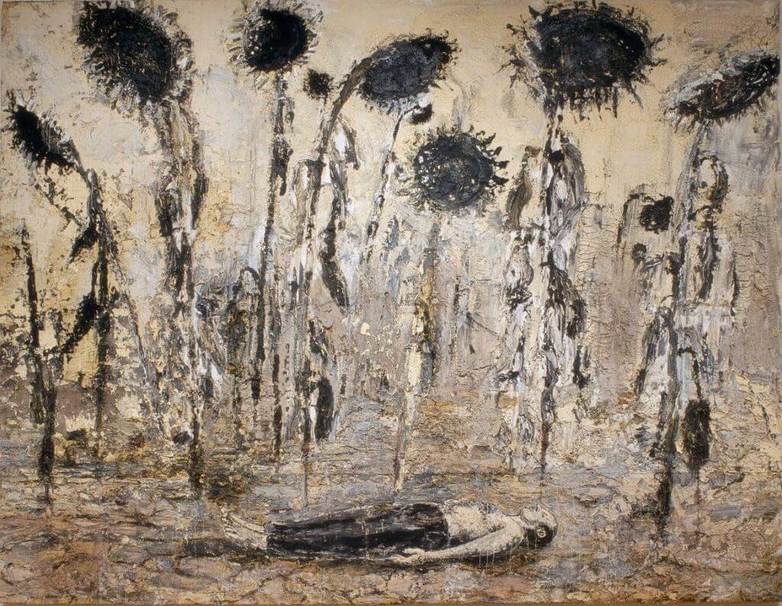
FAQ’s on Expressionism
Expressionism was an art movement and international tendency at the beginning of the 20th century, which spanned the visual arts, literature, music, theatre and architecture. The aim of Expressionist artists was to express emotional experience, rather than physical reality.
Which painters are associated with expressionism?
Edvard Munch, Egon Schiele, Oskar Kokoschka, Wassily Kandinsky, Franz Marc, Ernst Ludwig Kirchner, Vincent van Gogh and Henri Matisse.
When did expressionism start?
Expressionism started in 1905 and lasted till approximately 1920.
Relevant sources to learn more
Read how Expressionism developed into Abstract Expressionism
